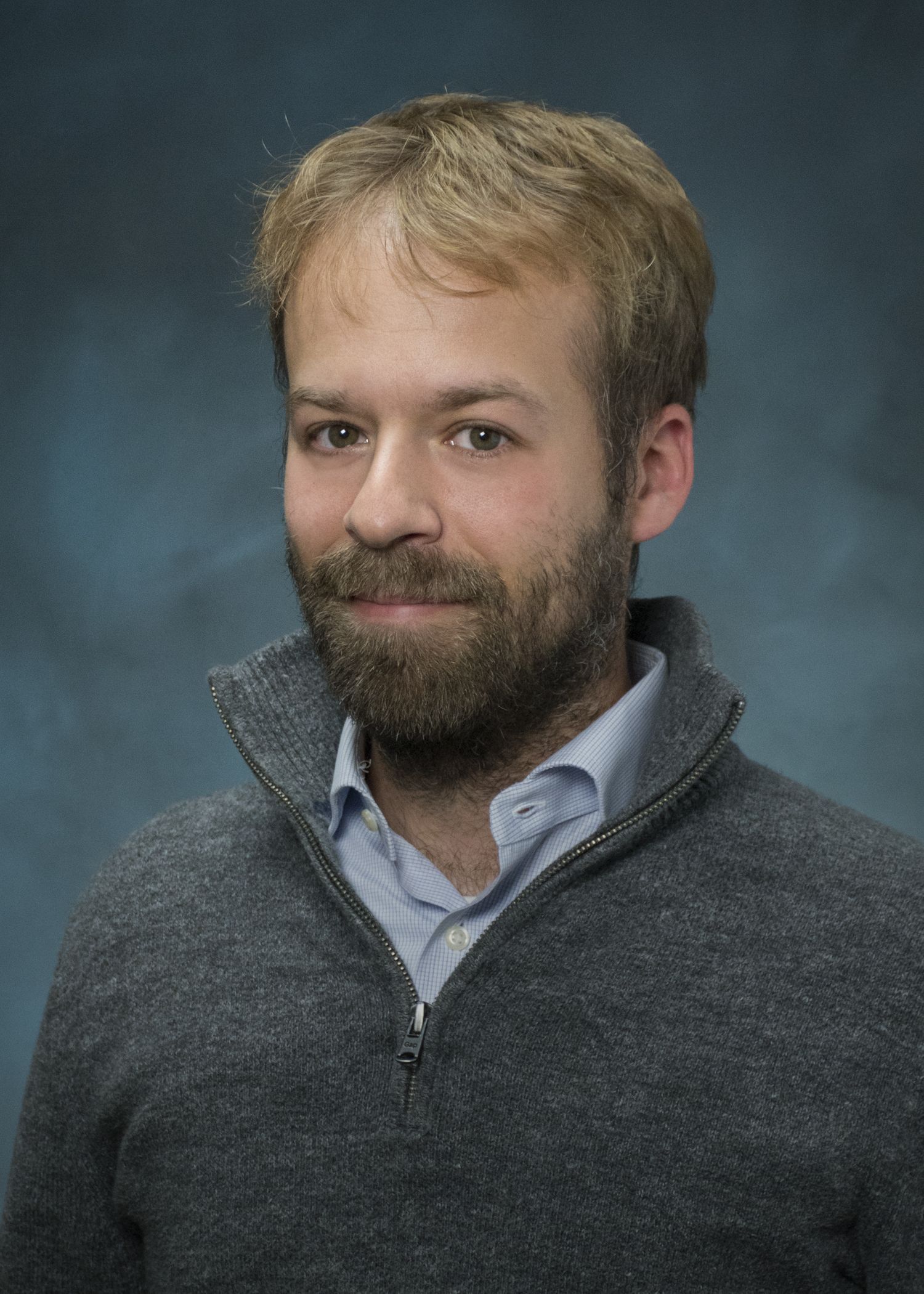Matthew Rakher, HRL Laboratories, LLC, Opportunities and Challenges for Spin Qubits in Silicon

Zoom Details
Seminar
2:00 pm - 3:00 pm
https://ucsb.zoom.us/j/96734864440?pwd=UlgwdlRlbWxsT2VLWnBYR1AybTNFQT09
Meeting ID: 967 3486 4440 Password: 05702
Career Talk
3:15 pm - 4:00 pm
https://ucsb.zoom.us/j/91633569552?pwd=N3U2RU4rUWxzOGVUTlR3VzVLYlVqZz09
Meeting ID: 916 3356 9552 Password: 021507
Speaker
Matthew Rakher
Senior Research Staff Scientist
HRL Laboratories, LLC
Bio
Matthew T. Rakher is a senior scientist at HRL Laboratories where he investigates spin qubits in silicon among other projects in optics and atomic physics. He received his Ph.D. in Physics from the University of California Santa Barbara in 2008 where he studied quantum optics in semiconductors. Subsequently, he was a postdoctoral researcher at the National Institute of Standards and Technology in Gaithersburg, Maryland and a Marie Curie Fellow of the European Union at the University of Basel in Switzerland. His research interests include experimental quantum optics and quantum information science with nanofabricated semiconductor devices and atomic systems.
Abstract
Quantum information processing aims to leverage the properties of quantum mechanics to manipulate information in ways that are not otherwise possible. This would enable, for example, quantum computers that could solve certain problems exponentially faster than a conventional supercomputer. One promising approach for building such a machine is to use gated silicon quantum dots. In the approach taken at HRL Laboratories, individual electrons are trapped in a gated potential well at the barrier of a Si/SiGe heterostructure. Spins on these electrons are compelling candidates for qubits due to their long coherence times, all-electrical control, and compatibility with conventional fabrication techniques. In this talk, I will discuss our recent demonstrations of automated tune-up of a six-dot Si device into a configuration suitable for high-fidelity, randomized benchmarking of exchange-only qubits.
References:
1.RW Andrews et al. Nature Nanotechnology, 14 (8), 747-750 (2019)
2.AM Jones, et al. Physical Review Applied, 12 (1), 014026 (2019)